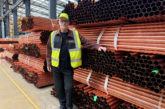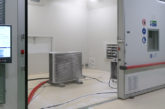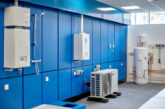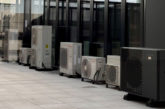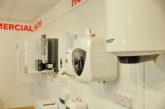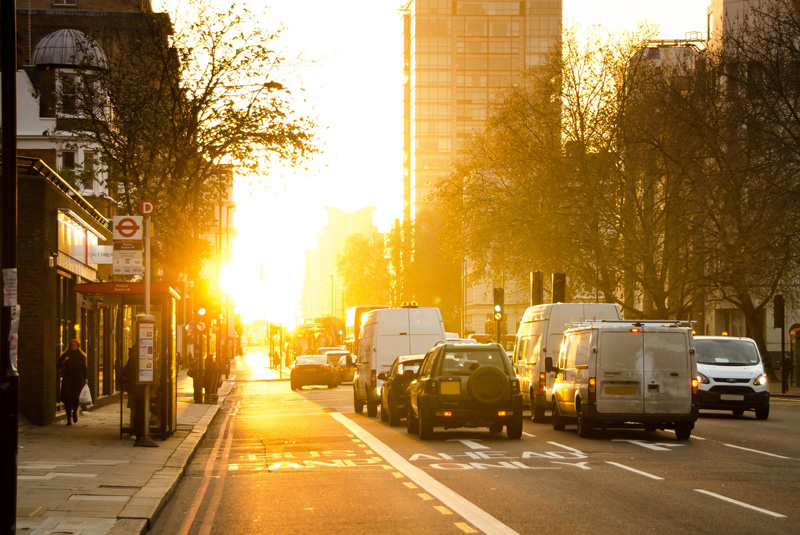
LeaseVan.co.uk has released a series of tips to advise tradespeople and company car drivers how to drive more economically to conserve expensive fuel.
Drivers reportedly suffered the biggest increase in petrol and diesel prices in almost two years in June, with both fuels up nearly 3p a litre.
Tim Alcock of LeaseVan.co.uk, said: “The dramatic rise in oil price and its knock-on effect on the cost of fuel means drivers are inevitably suffering a bigger dent to their wallets too. But there are ways to try and keep this extra cost to a minimum.
“By simply being more aware of how you drive around day-to-day and implementing some easy driving habits, drivers should be able to see a noticeable difference in their fuel consumption.
“Most cars on the roads today have a built-in system that measures your mpg, and some newer vehicles come with even more sophisticated displays that analyse speed variations, shift points for manual transmissions, and driving behaviours such as acceleration and braking times – this is a great way to see if these tips improve your efficiency.
“Take note of your mpg driving normally for a week and challenge yourself to do better. Implement these tips then take note of your mpg again after a week – the results might surprise you. Many drivers consume 15% less fuel by acting on the feedback that fuel consumption displays provide.”
The top 10 tips are:
- Save on weight
Extra weight means extra fuel, so if a certain set of tools is not needed for a particular job, leave them at home.
- Maintenance
Ensure cars are serviced regularly for best efficiency and always use the right specification of engine oil. Tyre pressures should also be check regularly and before long journeys as under-inflated tyres can use up to 2% more fuel.
- Accelerate gently
The harder a driver accelerates, the more fuel is consumed. To maximise fuel efficiency, imagine that there is an egg under the pedal and an open cup of coffee on the dashboard, the driver would not want to break the shell or spill the drink.
- Be kind to your gears
Don’t labour a van’s engine by holding on to one gear for too long. Instead, try changing up at an engine speed of around 2,000 rpm (diesel) or 2,500 (petrol). Since 2014, new vehicle models have been fitted with a fear shift indicator to encourage use of the most efficient gear, so keep an eye on that too.
- Maintain a steady speed
Unintentional dips in speed and sudden bursts of acceleration to keep pace take a toll on a tank and wallet. Consider using cruise control for highway driving, and where traffic patterns permit, allow speed to drop when travelling uphill, and then regain momentum as the car rolls downhill.
- Keep rolling
Stopping then starting again uses a significant amount more fuel than rolling along at a constant, low speed. Try slowing extra early when approaching traffic lights or a queue as the car might not have to be stopped completely.
- Use your air-con wisely
At low speeds, air-con can increase fuel consumption by as much as 20%, so try opening the windows instead. At higher speeds, on the motorway for instance, the effect of air con on fuel consumption isn’t as noticeable. Do not leave it on all the time, but running it at least once a week will help to keep the system in good condition.
- Stick to the limit
Going faster uses more fuel. For example, driving at 70mph uses up to 9% more than at 60mph, and up to 15% more than at 50mph.
- Stay aerodynamic
Wind resistance increases fuel consumption, so try to keep windows closed at high speeds and remove roof racks and boxes when not in use.
- Drive a manual
According to the AA, automatics can use 10% to 15% more fuel than manuals.





